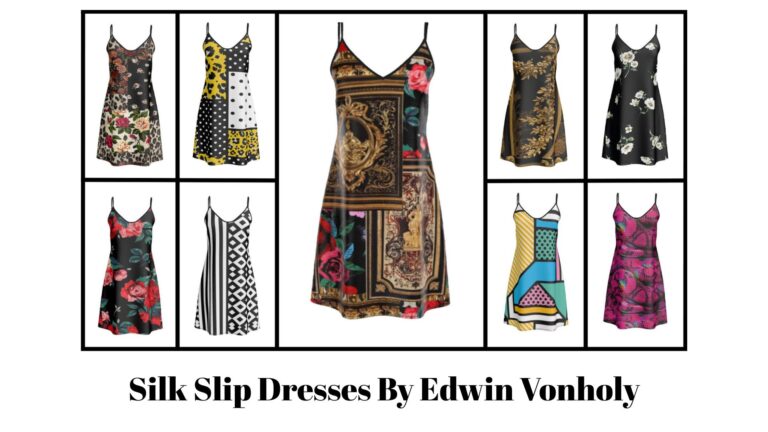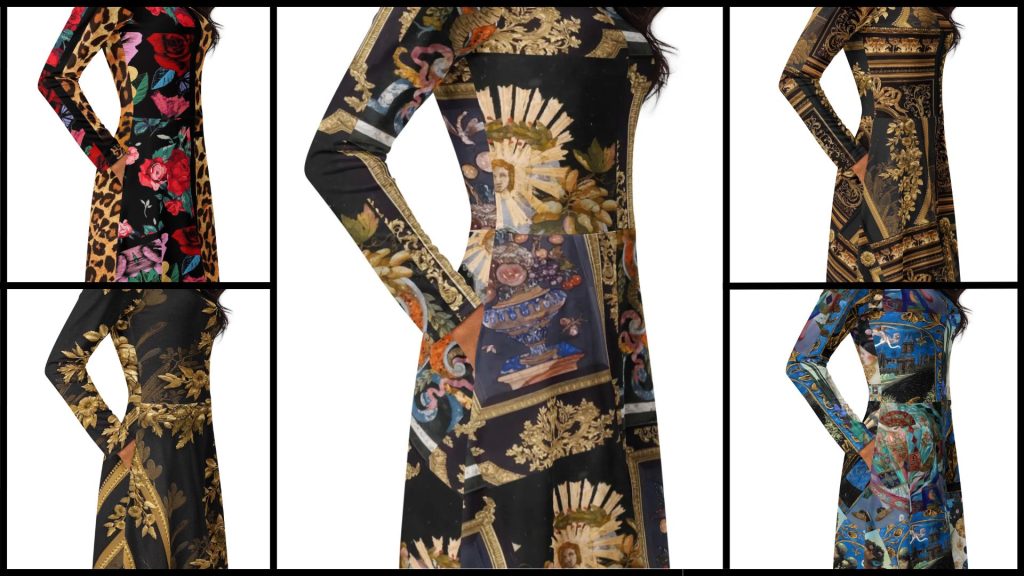The Psychology of Color Perception: Why Do Some People See White and Gold?
The “white and gold dress” debate became one of the most viral internet phenomena of all time, sparking heated discussions, media coverage, and scientific interest. In 2015, an image of a dress circulated online, and people were divided—some saw the dress as blue and black, while others swore it was white and gold. Despite the dress being confirmed to be blue and black, the debate over the perceived colors revealed fascinating insights into how we perceive color, how our brains process visual information, and how individual differences can influence what we see. So why did some people see white and gold? Let’s dive into the psychology of color perception to understand what happened.
1. The Viral Dress Debate: A Quick Recap
What Sparked the Discussion?
The controversy began when Caitlin McNeill posted a photo of a dress on Tumblr, asking her followers what colors they saw. The dress in question was taken in poor lighting, which led to ambiguity in the image’s colors. While the actual colors of the dress were revealed to be blue and black, a significant portion of viewers reported seeing it as white and gold.
The debate went viral, with people across the globe posting their opinions, sharing photos, and even offering scientific explanations for the phenomenon. It became a worldwide conversation about the nature of color, perception, and how subjective reality can be.
2. How Do We Perceive Color?
The Role of Light
Color perception is primarily determined by how light interacts with objects. When light hits an object, it is either absorbed or reflected back into our eyes. The wavelengths of light that are reflected back dictate the color we perceive. However, the context in which the light is perceived, such as the quality of light and ambient conditions, can alter how we interpret colors.
Our brains constantly make adjustments to account for different lighting conditions. This phenomenon is known as color constancy, which helps us recognize the same color in various lighting environments. However, in situations where the lighting is ambiguous, like in the dress photo, our brains might make incorrect assumptions about the light, leading to different perceptions of color.
3. The Science of Color Constancy and Ambiguity
What is Color Constancy?
Color constancy refers to the brain’s ability to perceive colors as relatively constant even under varying lighting conditions. For instance, a red apple looks red whether you see it in bright sunlight or under the soft glow of a lamp. This process is automatic and occurs without conscious effort, helping us to navigate a world where lighting conditions are always changing.
In the case of the “white and gold” dress, the lighting in the photo was ambiguous—neither clearly natural nor artificial. Some people’s brains compensated for the lighting by assuming the photo was taken in shadowy conditions, making the colors appear lighter and warmer, thus seeing the dress as white and gold. Others, perceiving the image in a brighter context, saw the dress as blue and black.
The Role of the Brain’s Interpretation
Your brain doesn’t simply report what it sees—it interprets it. When we see a color, the brain takes into account not only the light entering the eyes but also the context of the environment and what it expects based on experience. In the case of the dress, different brains made different assumptions about the light source, leading to contrasting interpretations of the colors.
4. Why Do Some People See White and Gold?
Differences in Visual Processing
The perception of the dress’s colors depends on how individuals process the lighting in the image. Some people’s brains interpreted the photo as having a shadowy or overcast light source, leading them to adjust the color of the dress, making it appear white and gold. In contrast, others assumed the photo was taken under brighter, clearer light and saw the dress as blue and black.
This difference in visual processing is due to individual variability in how we perceive light and color. Factors like the retina’s sensitivity to light, how the brain adjusts for perceived shadows, and even individual experiences with light sources can influence color perception.
The Influence of Prior Expectations
The brain often relies on prior knowledge and expectations to fill in gaps when interpreting visual information. In ambiguous images like the dress, your brain may default to interpreting the colors based on what it’s been conditioned to expect. If you tend to see objects in shadowy environments, your brain might lighten the image, seeing white and gold. If you associate the dress with bright light, you might see it as blue and black.
5. The Impact of Lighting and Context on Color Perception
Lighting Conditions Matter
The way light interacts with an object profoundly affects how we perceive its color. Natural light tends to bring out more blue tones, while artificial light sources like tungsten bulbs can create warmer, yellowish hues. Because the dress image was taken under ambiguous lighting, some viewers interpreted the lighting as warm, thus perceiving the dress as white and gold.
People who saw the dress as blue and black likely assumed the image was taken in a cool, bright light source, which made the dress appear darker and more saturated. This discrepancy highlights how contextual clues and lighting conditions can heavily influence our perception of color.
Cognitive Biases at Play
In addition to lighting, cognitive biases can also play a role in color perception. The “visual system bias” refers to the tendency of our brains to make assumptions about the world based on context or prior experiences. For example, if you are more accustomed to seeing items in dim light or shadows, you may be more likely to perceive the colors as lighter and warmer, while someone who typically experiences bright, direct light may interpret the same image differently.
6. The Role of Individual Differences in Color Perception
Gender and Age Differences
Research suggests that age and gender can influence how we perceive colors. Women tend to have a more acute sense of color differentiation, while older individuals might experience reduced color sensitivity due to age-related changes in the eyes. These factors could contribute to variations in how people perceived the blue and black dress, with some individuals more prone to seeing it as white and gold.
Cultural and Environmental Factors
Cultural background and environmental experiences can also shape how we perceive colors. People who grow up in different lighting conditions or regions with different environmental factors may have adapted their color perception based on local lighting conditions, which can influence how they interpret ambiguous images.
7. Conclusion: The Subjective Nature of Color Perception
The “white and gold” dress debate underscores the complexity of color perception. While the true color of the dress is blue and black, the way we perceive colors is not solely based on objective physical properties. Factors like lighting, context, prior expectations, individual brain processing, and even cultural influences all play a significant role in how we see the world around us.
Understanding color perception helps us appreciate the subjectivity of reality. It’s a reminder that what we see is not always a universal truth, but rather a product of our unique visual systems and experiences. So, the next time you argue over the color of an object, remember—it’s not just about the color itself, but how each of us interprets it based on our brain’s complex processing of light and context.






